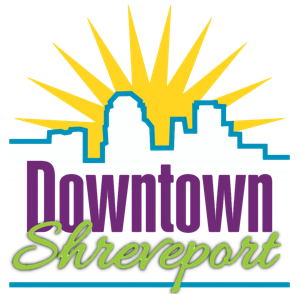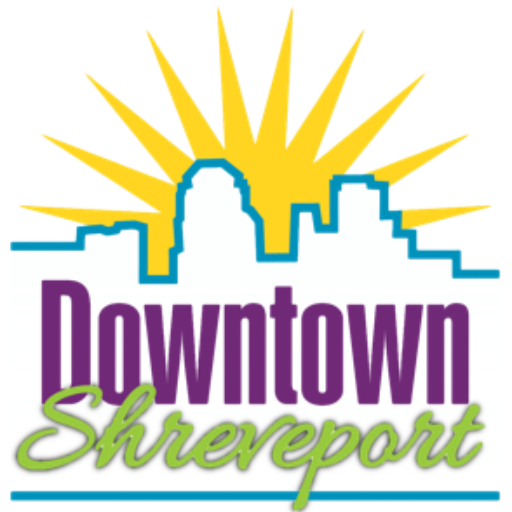One thing the western part of downtown has plenty of is land. The thriving neighborhood once known as St. Paul’s Bottoms, and more recently as Ledbetter Heights, is now little more than vacant lots. Few homes, commercial businesses or structures remain, which is sadly remarkable considering that as recently as 1984 when it became a National Historic District there were 786 Houses and 75 commercial buildings there. In just the 36 years since, most of the building inventory has been demolished, fallen to the ground because of lack of maintenance or burned.
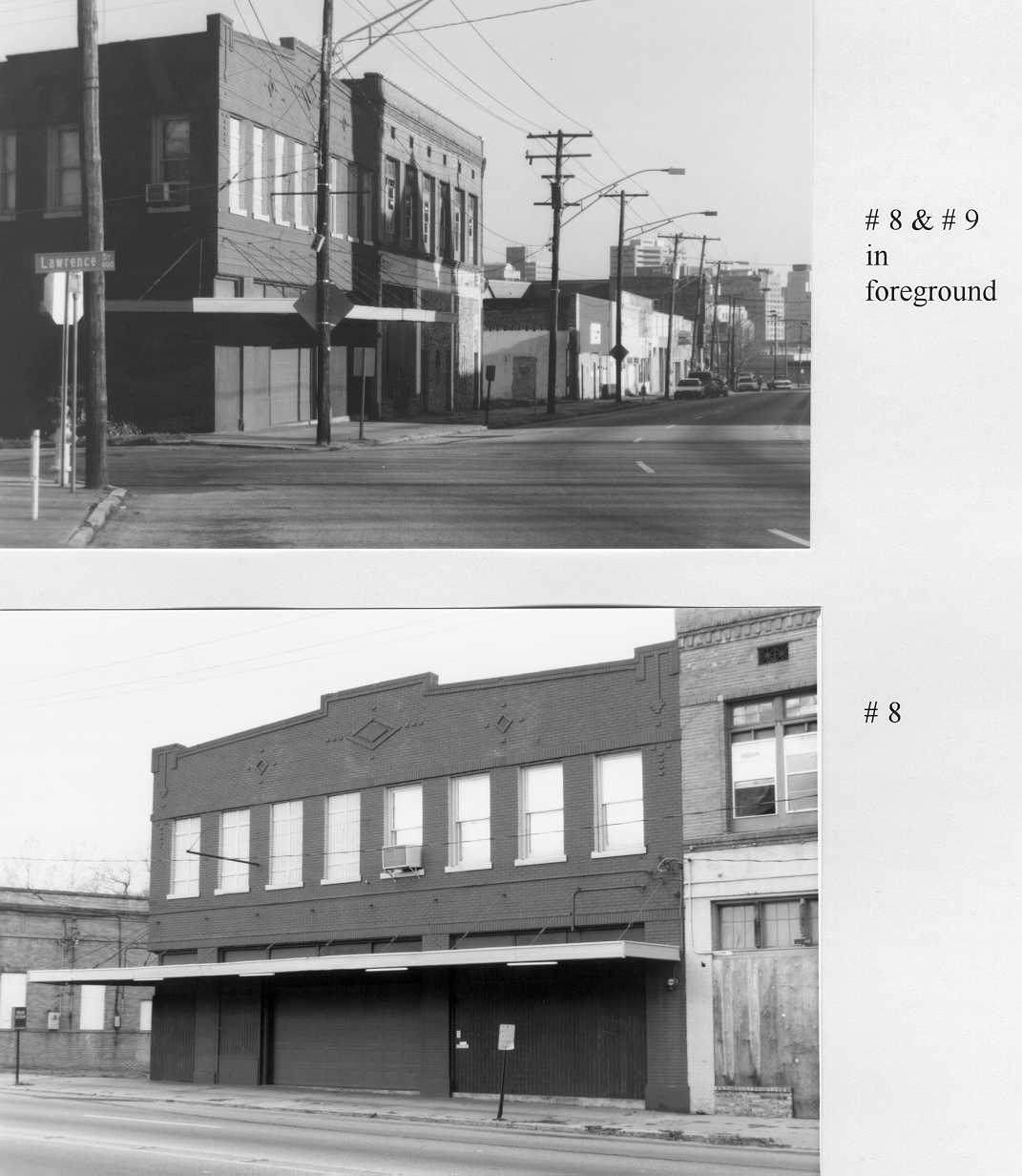
Views along Texas Avenue, 1984
A portion of the now-vacant Ledbetter Heights neighborhood at the corner of Caddo and Common Streets is currently under construction for one of the residential phases of the Choice Neighborhoods Project. The City envisions it as a location for mixed rate residential apartments and commercial businesses.
Behind First United Methodist Church along historic Sprague Street, some of the acres of vacant property will be put to use to combat one of the city’s 19 food deserts. An Urban Farm managed by Shreveport Green will serve a variety of uses- from keeping fresh produce on the tables of Choice Neighborhoods residents to teaching young (and older) people how to farm, to encouraging healthy eating and cooking. If a garden can be life-changing, Shreveport Green’s Urban Farm Director Lauren Jones believes this one will. Before the ground is tilled, the agreements have to be in place, and the first is a vote by the Shreveport City Council to allow Shreveport Green to have the property. If all goes speedily, that could happen as soon as the end of February. Once done, the beds can be constructed, the soil brought in and the seeds planted for a summer harvest.

The planned Urban Farm, bounded by Mary Street on the west, Sprague on the south, and Travis on the north will include raised vegetable planters, an ‘orchard’ of fruit trees, a flower garden area for outdoor meetings and classes, several buildings for storage and work stations, and a yet unannounced special ‘surprise.’
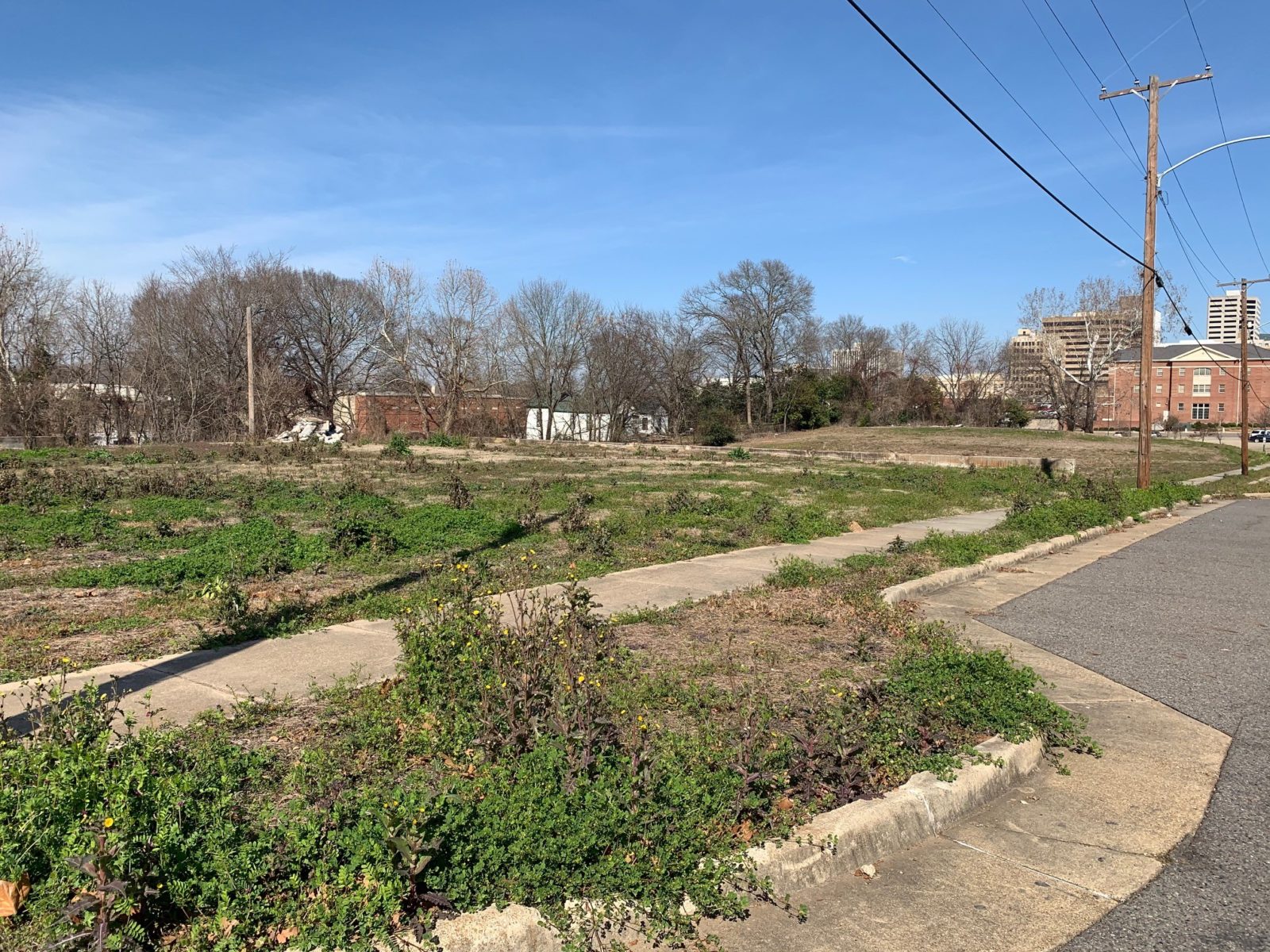
Urban Garden today.
The garden will look much different than the lot does today. “This 2 acres should produce 3,000 pounds of fresh produce per year,” says Urban Farm Director Lauren Jones. The produce will be offered first to residents of the Choice Neighborhood, who will pay for it using a setup of ‘sweat equity.’ “Residents will get points based on the work they do in the garden. As little as one hour per week will earn a Community Supported Agriculture (CSA) food box. Once a month we’ll have a potluck dinner at the MS-KICK (Southern University Incubator Kitchen) to try recipes made with food from the garden and to build a sense of community.” While the food produced in the garden will be designated for Choice Neighborhood residents, the potlucks, educational talks and working in the garden will be open to anyone downtown who wishes to participate.
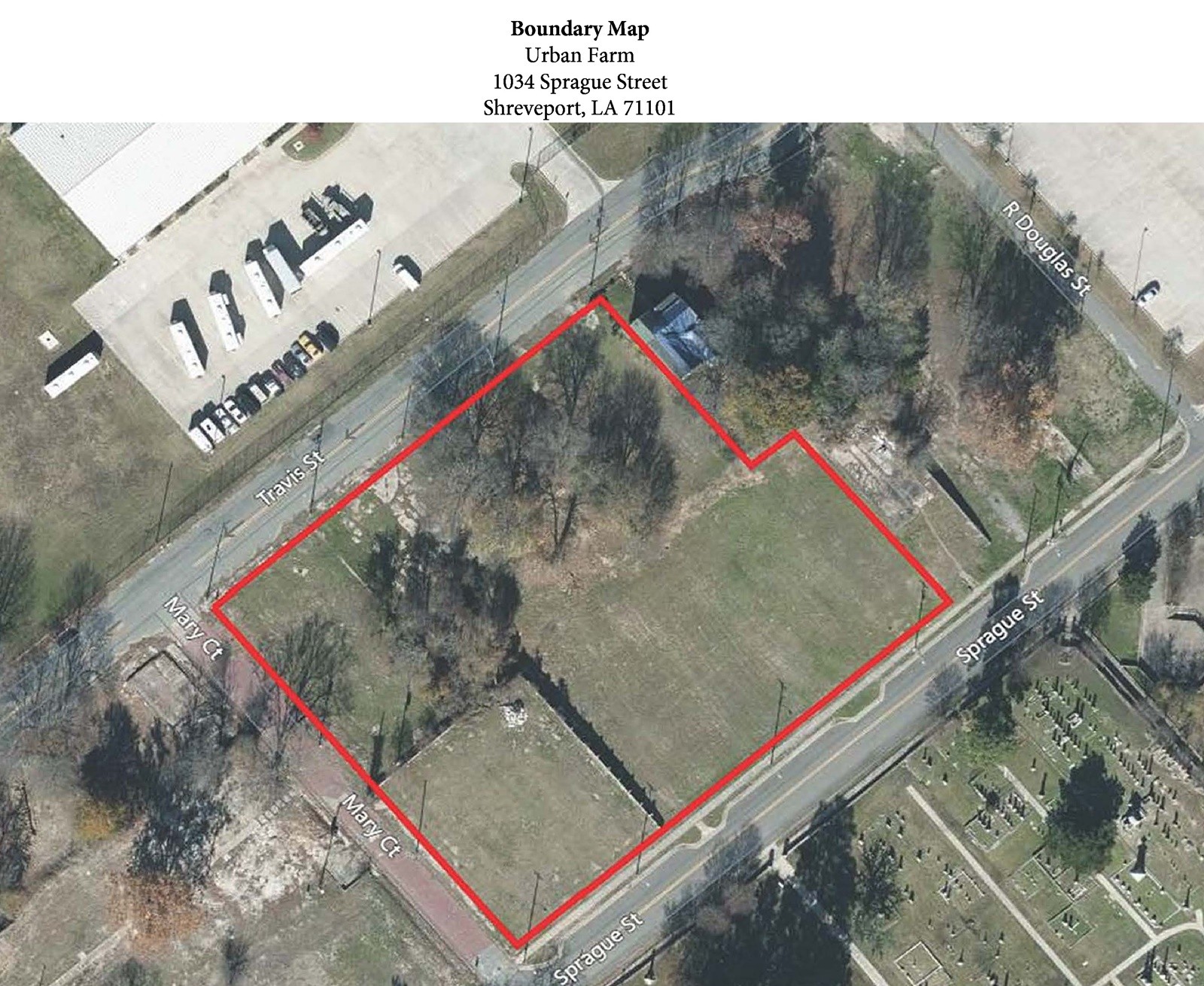
In addition to sharing gardening skills with those living in the Choice Neighborhood, Jones says they will also be working with AmeriCorps/ShreveCorps students and 7-11 year-olds from Title I schools in Shreveport to teach farming techniques and nutrition education. “I think this will be a really cool thing when it is up and going,” says Jones, who is delighted about every aspect of the Urban Farm. We are, too, and look forward to downtown’s very own traditional ‘working farm.’
(Downtown is also home to the area’s very first hydroponic farm, Cotton St. Farms at 406 Cotton Street. Fresh leafy greens and herbs can be purchased there year ’round. Downtown is also home to the popular Shreveport Farmers’ Market, which generally runs from early June through October.)
A few other fun things about The Urban Farm
- Will it have a name? Probably, says Jones. They are working on names now.
- Will there be bee hives? “I hope so!” says Jones. “Even if we can’t have hives because of legal concerns, I guarantee you we will be attracting pollinators to the garden.”
- In addition to irrigation, the farm will capture and harvest rainwater for use.
